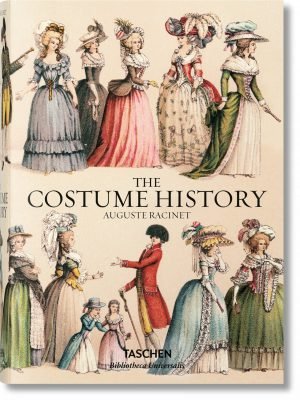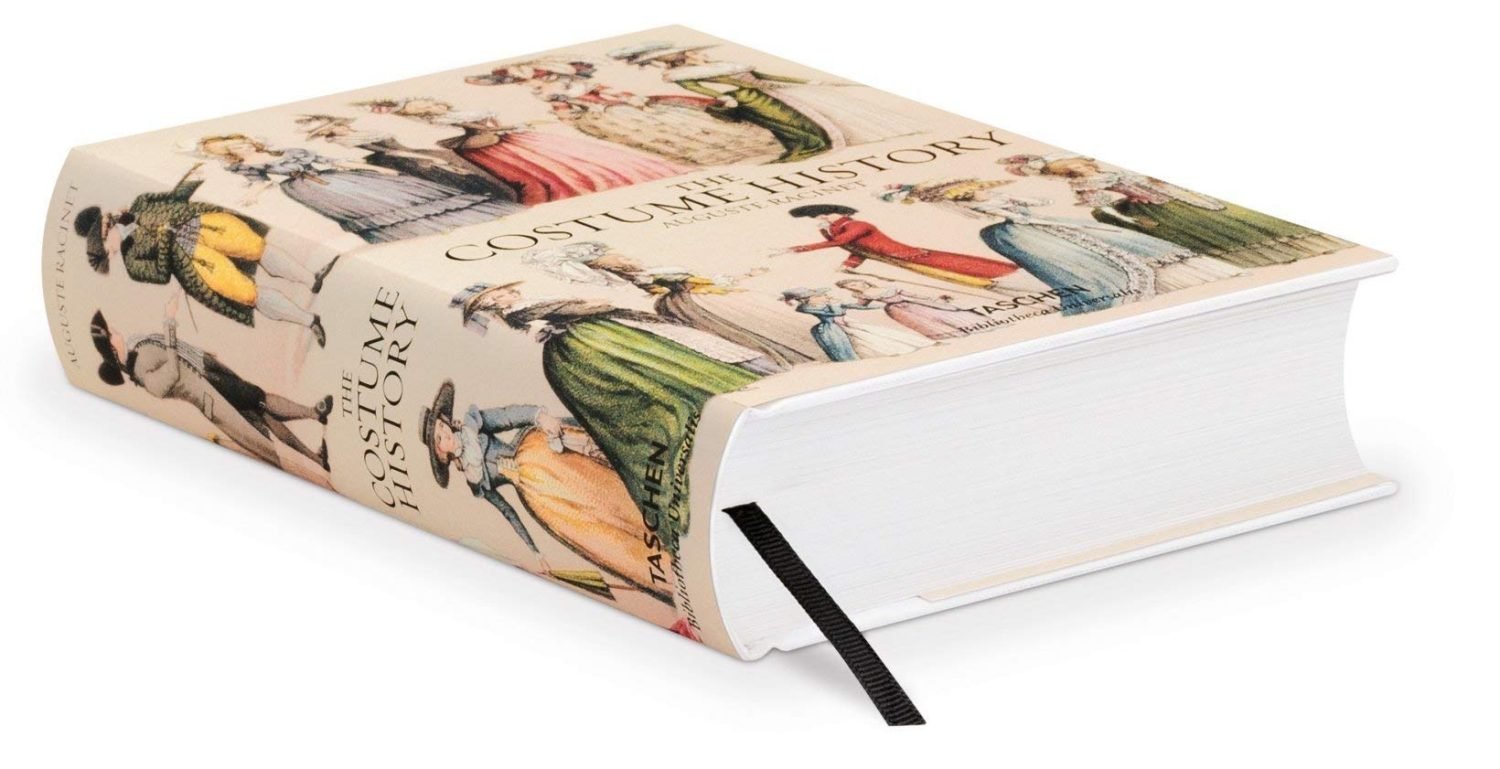
Tanagra figures are antique female figures made of terracotta and burned in a sitting or standing position from the Boeotian town of Tanagra in central Greece. In the 4th and 3rd centuries B.C. the figures were very popular among the Greeks and were widely exported to the Hellenistic cultural world.
The origins of the figures go back at least to the 5th century BC. The small terracotta figures almost without exception represent noble women who corresponded to the ideal of beauty and the fashion of that time. The garments, some of which have a magnificent drape, are elegant and often tightly woven around the body, the hairstyle is aristocratic and lavishly styled, although sometimes veiled. The accessories – for example valuable earrings or fans, also pointed hats – complete the impression.
No. 1. – Young woman draping the Peplos or the Himation. – Long curly hair, forming a krobylos over the forehead; white chiton without sleeves. The clay figures from Tanagra are taken from daily life, especially that of women, and served as room decorations that were placed in the burial chamber. The main piece of the costume of the Greek woman is the chiton, a kind of long shirt, sometimes with short sleeves, sometimes slit at the height of the shoulders and held by agraffes. The belt is worn around the hips as well as under the bosom. Outside the house the woman wore the Himation, known as Peplos or Calyptra. The latter seems to have been smaller and lighter, probably made of linen. The Himation is always a square piece of textile, in Thebes almost always white, in Tanagra mostly pink with yellow, purple or black border.
In warm weather, the Greek lady left the calypta at waist height, held only by her arms, fluttering freely in the back, or threw one end over her left shoulder. In cold weather she pulled the upper edge of the calypta over her head and covered the hair, forehead or even the larger part of her face with it, so that only nose and eyes remained free. The latter arrangement was mainly Theban fashion.
No. 2 – Woman from Tanagra in pink Himation, holding in her left hand a fan in the shape of a lotus leaf.
No. 3. – Young girl from Tanagra with fan. – The pink Peplos with wide blue border, leaves the right arm free and covers the left one resting on the hip. Hair painted red and tied in a knot.
No 4. – Young girl from Tanagra. – The hands under the wide Himation, yellow shoes with red sole. The Himation is veil-like pulled over the head and covered by a hat with wide edges. The latter is the Thessalian Causia, the Heliosteres of Sophocles, a kind of touring hat.
No. 5 – Young girl holding in her left hand an open red painted mirror capsule. Her Peplos forms a veil and ties herself around her forehead.
No 6. – Young Tanagra woman whose red hair is wrapped in epheur tendrils. – The right hand holds the fan. Light blue coat, wrapping the body up to the chest. Yellow shoes with red soles.
No. 7. – Young girl from Tanagra with diadem, chiton and himation. The lips red. The hair brown.
No. 8. – Group of two young girls in embrace. – The figure on the left, with the rose Himation enveloping head and face, looks at her companion; the figure on the right, the body up to the chest covered with the blue Himation, holds a ball in her left hand. Her hair is braided and wreathed around the knot. The lips are painted red.
No. 9. – Young girl on an armchair with a blue pillow. – The arms, hidden under the himation, rest on the cushion, the right foot on a small tabouret, the left on the connecting strip of the chair feet. Hair and lips red.
No. 10 – Young girl with a bonnet wrapped in himation; one arm hanging down, the other holding the drapery under her breast. Yellow shoes with red soles. Hair red.
No. 11. – Cypriot goddess with large diadem. – The perforated diadem consists of 4 rows of leaves, round discs and pearls, mixed with fruits. The blown hair seems burned; the ears are pierced. The chiton is held on the shoulder by an agraffe, under the chest by a belt. The fragment seems to be a doll that lacks the movable arms.
Number 12. – Young girl on a rock. – The breast is naked; wreath of flowers and fruit; the right hand holds a bag with toys resting on the knee. The pink Himation covers the legs and goes over the left shoulder and the left arm. Hair brown.
No. 13. – Young girl from Boeotia. – Sleeveless chiton, rose-coloured Himation, enveloping the lower part of the body.
The eyes are painted black and white; the hair brown.
The antique clay figures are reproduced according to the photographs published by Camille Lécuyer and restored in colour.
Vgl. L. Heuzey, Research on the figures of veiled women in Greek art. – Terracotta from Tanagra and Asia Minor, collection catalogue of M. Camille Lécuyer, Paris, 1883.

The three statuettes on this board offer us some interesting varieties of the arrangement of the himation arranged in a veil on the head; it is surmounted by the tholia, a light hat with wide edges that preserved the heat of the sun.
Source:
- History of the costume in chronological development by Auguste Racinet. Edited by Adolf Rosenberg. Berlin 1888.
- Deuxième collection Camille Lecuyer: terres cuites antiques trouvées en Grèce et en Asie Mineure par Augustin Cartault. Paris: A. Colin et cie, 1892.








